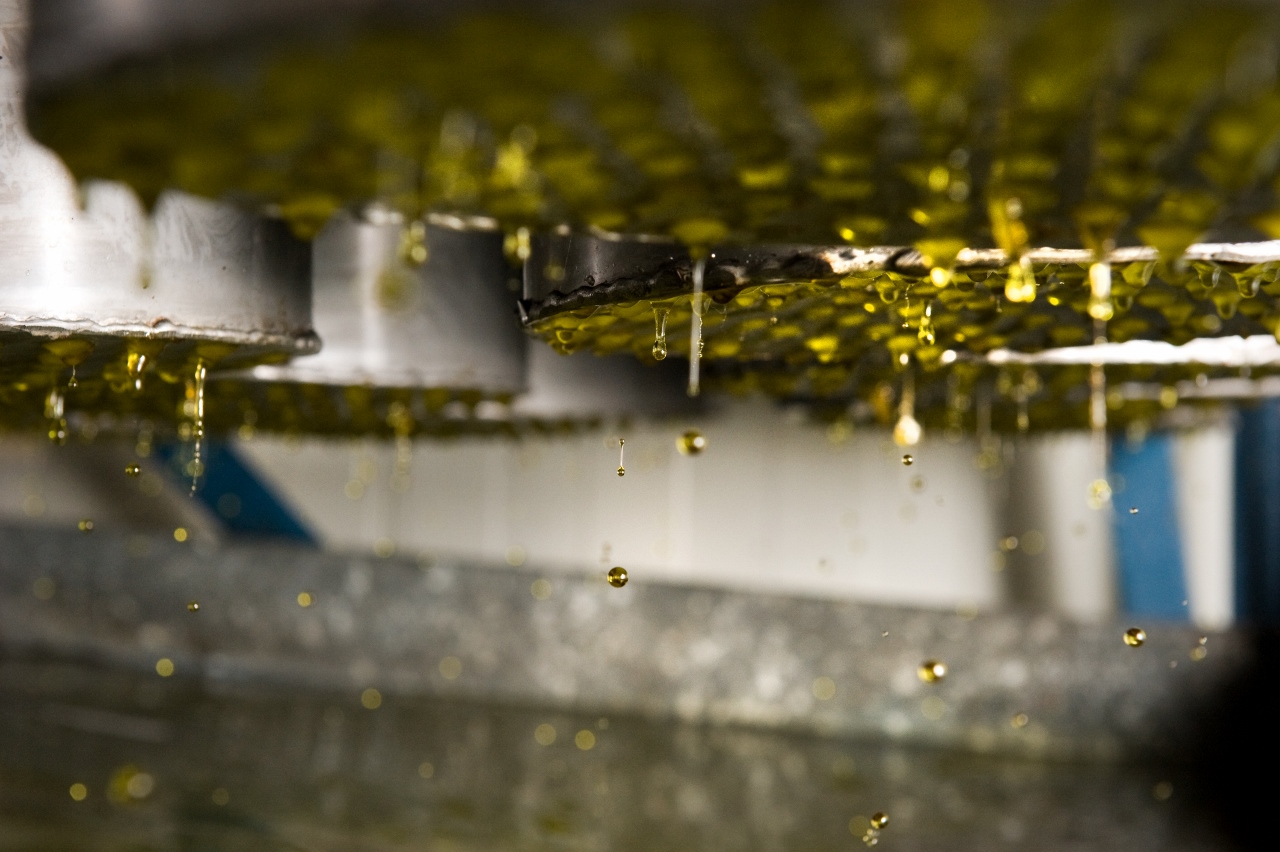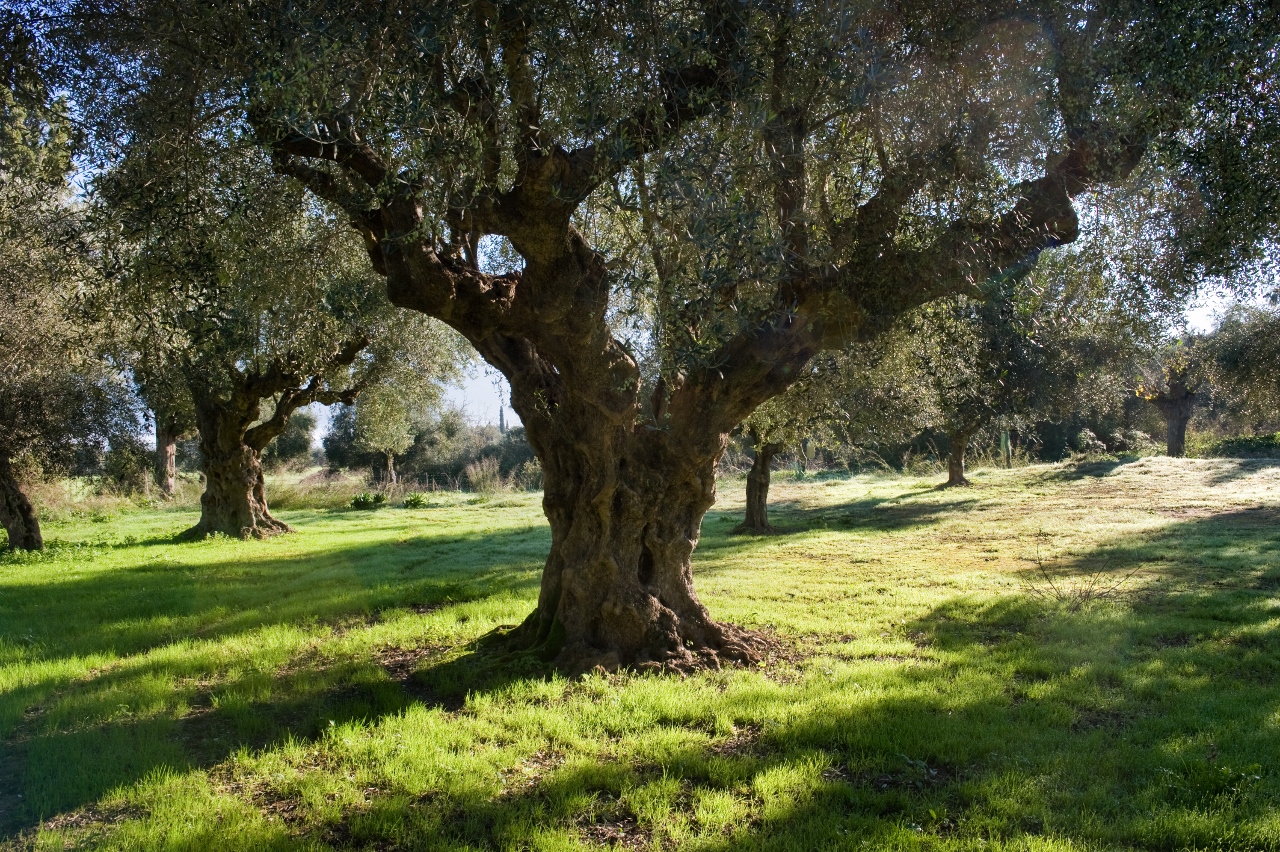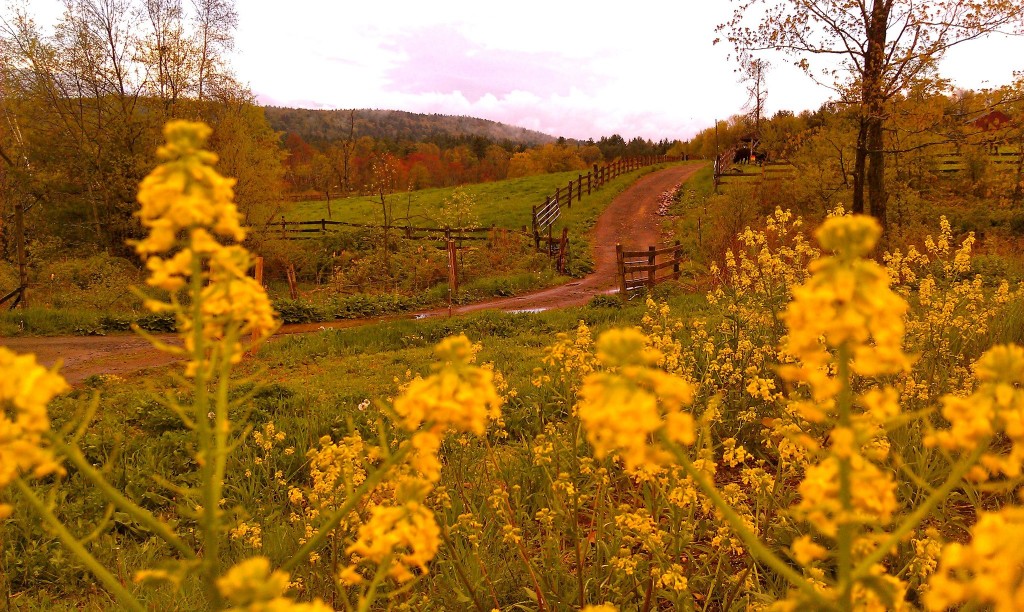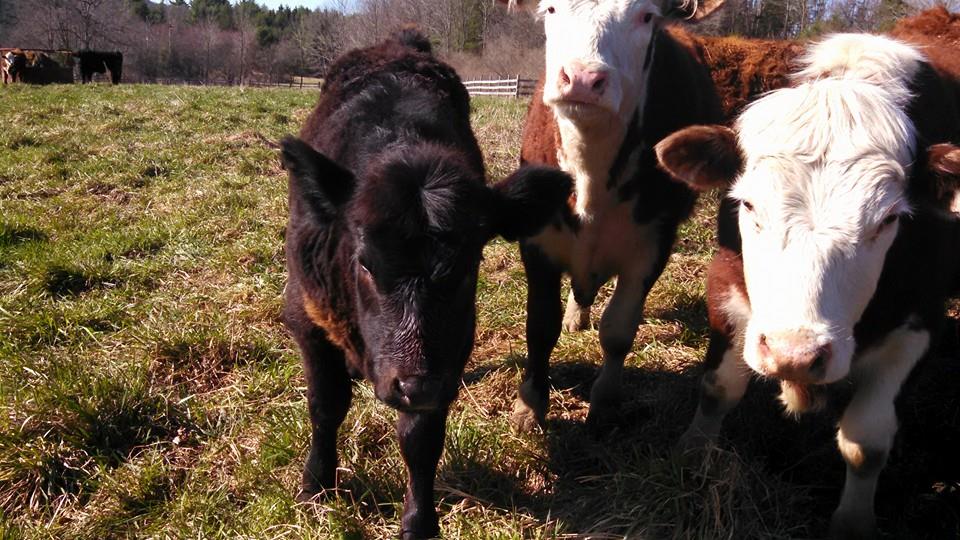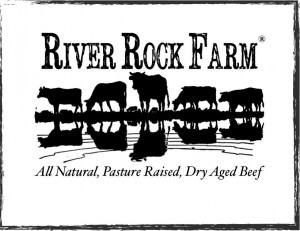Aroostook County, at 6,453 square miles, covers an area greater than the combined size of Connecticut and Rhode Island.
To locals, it’s simply known as “the County,” and as home to a rather modest population of just over 70,000 people. It’s the largest county east of the Mississippi River. And it takes a long time to drive through it: you can drive for eight hours, and still be in Maine.
If you’ve ever wished you could hop in your pickup truck, drive all over the state, and purvey your own goods, you should know about our relationship with Crown O’ Maine. When Jim Cook and Kate Simonds decided to move their family to Aroostook County and start growing potatoes (and eventually root crops) and driving them by van down to Portland and Boston, they started connecting with other local farmers in Maine to meet the demand these cities’ and their restaurants provided. Crown O’ Maine co-op was born. Crown O’ Maine drives all over the County and all over Maine to get to the tiny places other people can’t. They have the long-standing relationships with farmers up there.
Today, what started out in a small van and a few acres of land has turned into a business that supports some really important things we care about:
-
Being the link between the farm and the chef: COM enables farmers to spend less time worrying about distribution and more time farming. A lot of smaller farms simply don’t have the resources to buy trucks and lose a few days per week to distribution. We are able to reach small farms in far-off places others aren’t.
-
Being the buyer: SFB focuses on only buying for high-end restaurants means we do one thing, and do it well: being super picky about what we receive and send out. We are dedicated to building good relationships with the farms we buy from. These long-standing relationships allow us to buy the best of the lot, and be incredibly picky about what we accept. We plan so that what we are sending you today belongs on the plate tonight.
Together, we make a great team that puts real farm-to-table food, on the table, at the best restaurants in Greater Boston.
Today, Crown O’Maine has grown far beyond the family – 5 employee owners, 200 farmers and food producers, farms in every corner of Maine – this company certainly moves more than just food. When you buy from Crown O’Maine, you bring the wealth and talent of Boston’s best tables and share it with Maine’s hardworking family farmers. In return, Maine farmers are doing what they do best – grow!

